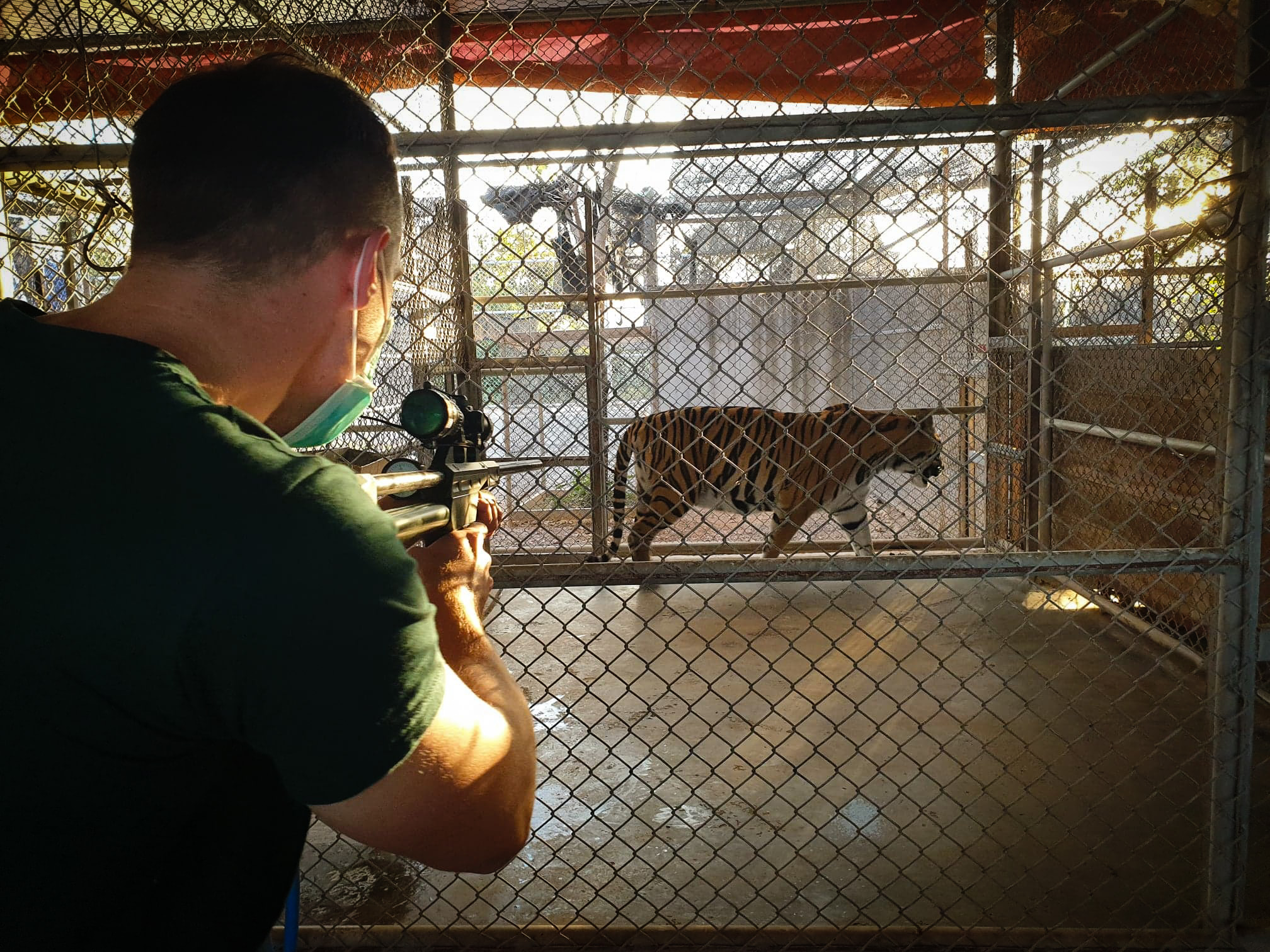WCS uses science-based disease research and surveillance to inform national policy and counter traditional beliefs on the health benefits of consuming wildlife.
Long-term wildlife health surveillance – the systematic monitoring of specific health indicators – offers the potential for early detection of new and emerging diseases, as well as an opportunity to better understand the connection between wildlife health and the health and well-being of communities who rely on wildlife for subsistence or livelihood.
Wildlife health can also have direct conservation implications, for example in connection to agricultural intensification or other environmental changes, so long-term monitoring is an opportunity to better assess the impacts of human-induced changes on wildlife and ecosystems.
WCS works in over 60 countries where we establish long term cooperation with national governments to support the protection, monitoring and management of protected landscapes. And because of this long-term involvement with both the environmental and health sectors, we are in a strategic position to facilitate the development of wildlife health surveillance systems globally.

Above: DNA sampling at a tiger farm in Laos.
National Wildlife Disease Surveillance Network
South-East Asia is a hotspot for disease emergence, wildlife trade and land-use change. It is critical to have surveillance mechanisms in place in this region so as to detect threats, be the basis for management actions and identify research priorities.
Through its role in the development of a National Wildlife Disease Surveillance Network nationwide across Lao PDR, WCS aims to contribute to overall socio-economic development of the country by contributing to the Sustainable Development Goals of Lao PDR through supporting livelihood and agriculture by providing improved understanding of disease affecting livestock, and through adopting a One Health integrative approach.
Other activities
The WCS Wildlife Health Team has long been involved in several projects in Lao PDR, focussing on:
Identification of diseases
As part of its work on the PREDICT project, part of the Emerging Pandemic Threats (EPT) program, WCS works to identify zoonotic diseases in traded wildlife that could have pandemic potential and therefore serious human health and economic impacts. The goal is to use the information to demonstrate the serious implications of wildlife trade and to support better enforcement on illegal wildlife trade.
During this work, the team visits wildlife markets across the country and samples wildlife that is deemed high risk for zoonoses (primates, bats, rodents and civets). Whilst at the markets, surveys are conducted, recording species, volume and prices of traded wildlife. This data is used to help build up a picture of the scale of domestic wildlife trade in Lao PDR and the threat it poses to protected species. The samples are then processed at laboratories.
Capacity building
WCS has helped to build capacity at a government lab in Lao PDR, with the aim that progressive diagnostics such as those outlined above can be conducted in country in the future.
Staff at national protected areas have been trained in wildlife disease surveillance methods as part of a large-scale training-of-trainers project, aiming to create a core group of NPA staff that can pass on skills to rangers on the ground. The rangers, record dead and diseased wildlife in the NPAs, helping to build up a baseline database of wildlife mortality and monitor disease outbreaks.
Data collection
Working in communities near national protected areas, WCS staff collect data on hunting with the help of Lao university students. This information is fed back to landscape managers so that they can assess the degree of hunting and design appropriate conservation outreach campaigns.